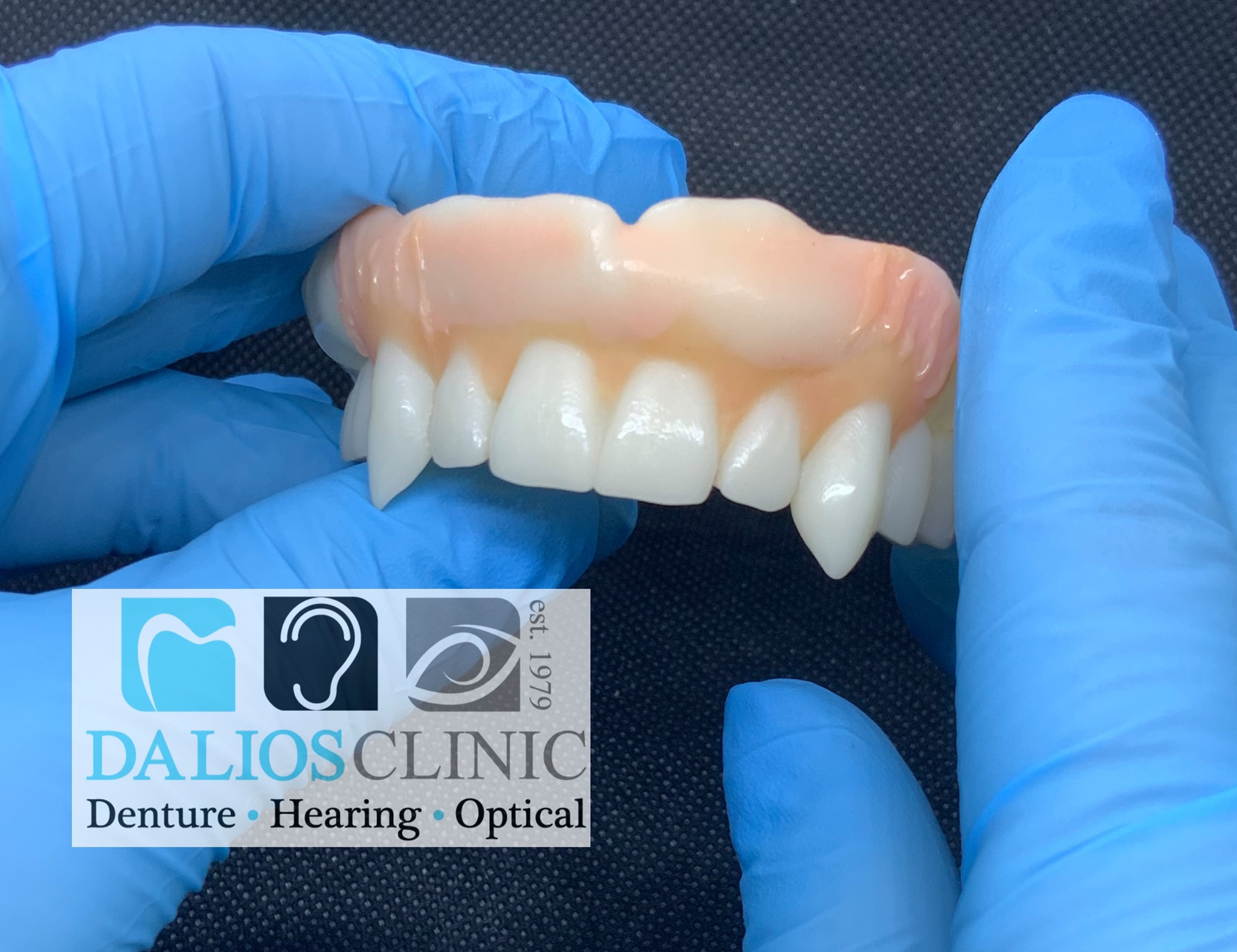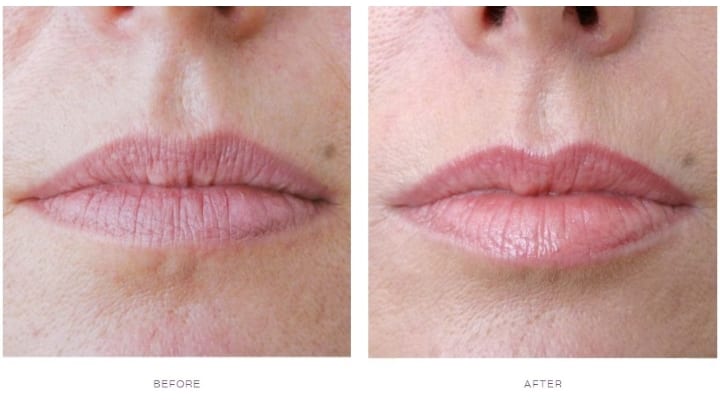Dental bridges are a popular solution for people who have lost one or more teeth. They work by “bridging” the gap between missing teeth with artificial ones, which are supported by natural teeth or implants on either side of the gap. This restoration not only restores the functionality of your mouth, allowing you to chew and speak properly but also enhances your smile by filling in the empty spaces. However, over time, there may be a need to remove or replace your dental bridge. Whether due to wear, damage, or changes in your oral health, understanding when and how dental bridges in Canberra can be replaced or removed is essential for maintaining long-term dental health.
Why Might You Need to Replace or Remove a Dental Bridge?
While dental bridges are designed to last for many years, there are a few reasons why you might need to have one replaced or removed. Here are some common scenarios where this might be necessary:
Wear and Tear: Over time, a dental bridge can experience wear and tear. This can happen if the bridge is subjected to excessive pressure, such as from teeth grinding (bruxism) or improper bite alignment. The wear may cause the bridge to become loose, uncomfortable, or even crack.
Decay or Damage to Supporting Teeth: Dental bridges rely on the teeth on either side of the gap for support. If these supporting teeth experience decay, damage, or significant wear, the bridge may no longer be secure. In such cases, the bridge needs to be replaced to restore proper function and prevent further oral health issues.
Gum Disease: If the gums around the bridge become infected or inflamed due to gum disease, the stability of the bridge can be compromised. It’s important to address gum disease promptly, as it can cause bone loss around the supporting teeth, leading to the need for a replacement.
Changes in Oral Health: Life changes such as the loss of a supporting tooth, injury to the mouth, or significant changes in the jawbone structure can make a dental bridge no longer effective. In these situations, your dentist might recommend replacing or removing the bridge to restore proper alignment and function.
What Does the Process of Removing or Replacing a Dental Bridge Involve?
If you need to have your dental bridge removed or replaced, the process is generally straightforward, but it does require careful planning. Here’s what you can expect:
- Evaluation and Consultation
Before the removal or replacement process, your dentist will assess your oral health, including the condition of the bridge, the supporting teeth, and the surrounding gums. They may take X-rays to get a better understanding of the situation and determine if any underlying dental issues need to be addressed first. Based on this evaluation, they will discuss your treatment options and help you make an informed decision.
- Removal of the Old Bridge
If your dentist determines that the bridge needs to be removed, they will begin by loosening it from the supporting teeth or implants. This can usually be done without much discomfort. In some cases, the bridge may need to be cut or separated to remove it. If any of the supporting teeth have been damaged or weakened, your dentist may need to perform additional treatments, such as root canals or crowns, before placing a new bridge.
- Fitting a New Bridge
Once the old bridge has been removed, the dentist will take impressions of your teeth and gums to ensure that the new bridge fits perfectly. This process may take a couple of weeks, as the dental lab creates a custom bridge designed to match your bite and blend seamlessly with your natural teeth. In the meantime, your dentist may provide a temporary bridge to protect the exposed gap and restore your appearance and function.
Once the new bridge is ready, your dentist will ensure it fits properly and securely before cementing it into place. If necessary, any adjustments will be made to ensure the bridge is comfortable and functional.
How Long Do Dental Bridges Last?
On average, dental bridges can last anywhere from 10 to 15 years with proper care. However, this lifespan can vary depending on the type of bridge, the materials used, your oral hygiene habits, and whether you experience any of the issues mentioned earlier, such as decay or gum disease. Regular dental checkups are important to monitor the condition of your bridge and the health of your supporting teeth.
Aftercare Tips for Dental Bridges
To extend the life of your dental bridge and ensure it continues to function properly, follow these aftercare tips:
Practice Good Oral Hygiene: Brush your teeth and bridge at least twice a day using a non-abrasive toothbrush. Floss daily to remove plaque and food particles that can accumulate around the bridge and supporting teeth. Your dentist may recommend using a special floss threader or interdental brushes to clean under the bridge.
Avoid Hard Foods: Hard or sticky foods can damage your bridge or put unnecessary pressure on it. Try to avoid chewing on hard candies, ice, or tough foods that could cause your bridge to loosen or crack.
Regular Dental Visits: Schedule regular checkups with your trusted dentist in Weston Creek to ensure your bridge and supporting teeth are in good condition. Your dentist will check for signs of wear, decay, or gum disease that could affect the stability of the bridge.
Conclusion
Dental bridges are an excellent solution for restoring missing teeth and improving both function and aesthetics. However, like any dental restoration, they may eventually need to be replaced or removed due to wear, damage, or changes in oral health. If you notice any discomfort or issues with your bridge, it’s important to consult with your dentist as soon as possible. With proper care and maintenance, a dental bridge can last for many years, providing you with a beautiful and functional smile. If you need a replacement or removal, your dentist will guide you through the process and help you choose the best solution for your long-term oral health.





